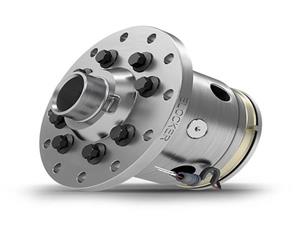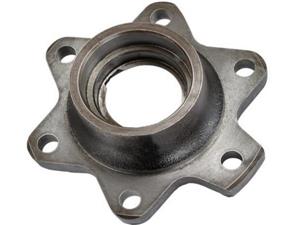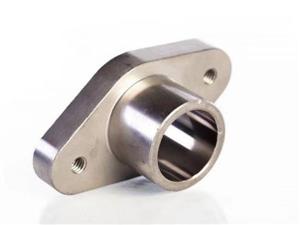Cooling process of castings
With the development of industrial production technology, precision castings can be used in many fields. In order to better meet the needs of social production, the processing technology of precision castings is also constantly developing. The cooling process is an essential process in the production process of investment castings. The conditions that arise during the cooling process and the requirements to be achieved are also different. Some have to undergo the solid-state phase transformation of the alloy, and the metal changes during the phase transformation. For example, the volume of carbon steel changes from the δ phase to the γ phase, and the volume decreases. When the γ phase undergoes a eutectoid change, the volume increases.
However, if the temperature of each part of the casting is the same, the microscopic stress does not necessarily occur when the solid phase transformation occurs. When the phase transition temperature is higher than the critical temperature of plastic-elastic change, the alloy is in a plastic state during the phase transition. Even if there is temperature in each part of the casting, the phase transition stress that occurs is not large, and will gradually decrease or even disappear.
If the phase transition temperature of the casting is lower than the critical temperature, and the temperature difference between each part of the casting is large, and the phase transition time of each part is inconsistent, it will cause microscopic phase transition stress. Because the phase transition time is different, the phase transition stress may become temporary stress or residual stress.
When the solid-state phase transition occurs in the thin-walled part of the casting, the thick-walled part is still in a plastic state. If the specific volume of the new phase is greater than that of the old phase during the phase transition, the thin-walled part swells during the phase transition, while the thick-walled part suffers From plastic stretching, only a small tensile stress occurs inside the casting, and it gradually disappears as time goes by. In this case, if the casting continues to cool, the thick-walled part undergoes a phase change and increases in volume. Since it is already in an elastic state, the thin-walled part will be elastically stretched by the inner layer to form tensile stress. The thick-walled part is elastically compressed by the outer layer to form a compressive stress. Under this condition, the residual phase transition stress and residual thermal stress have opposite signs and can cancel each other out.





